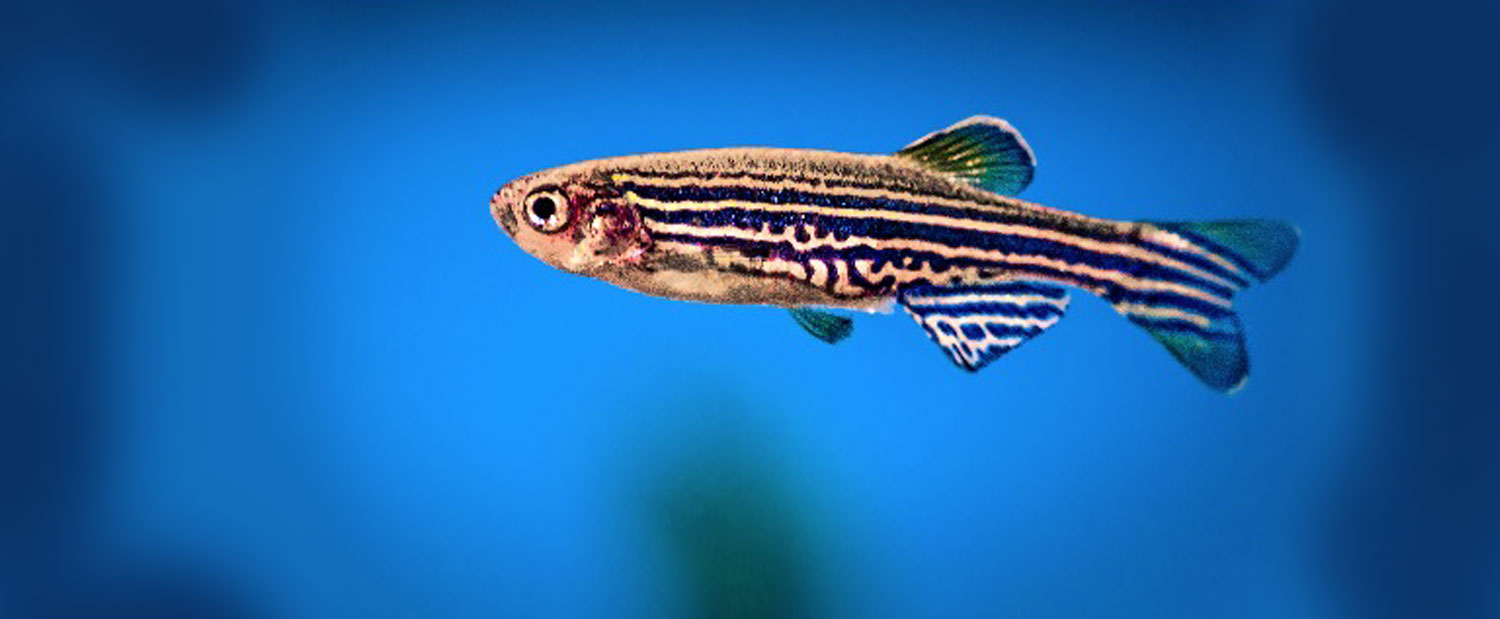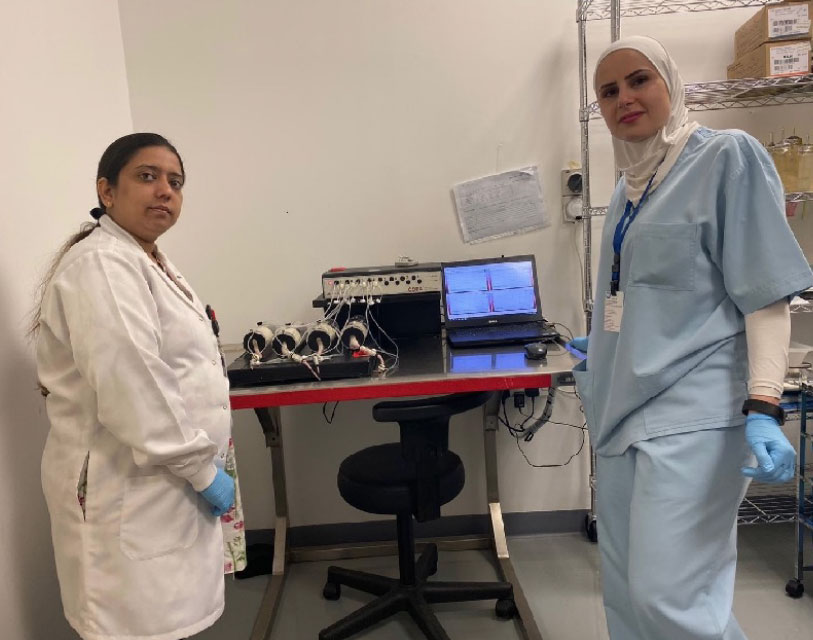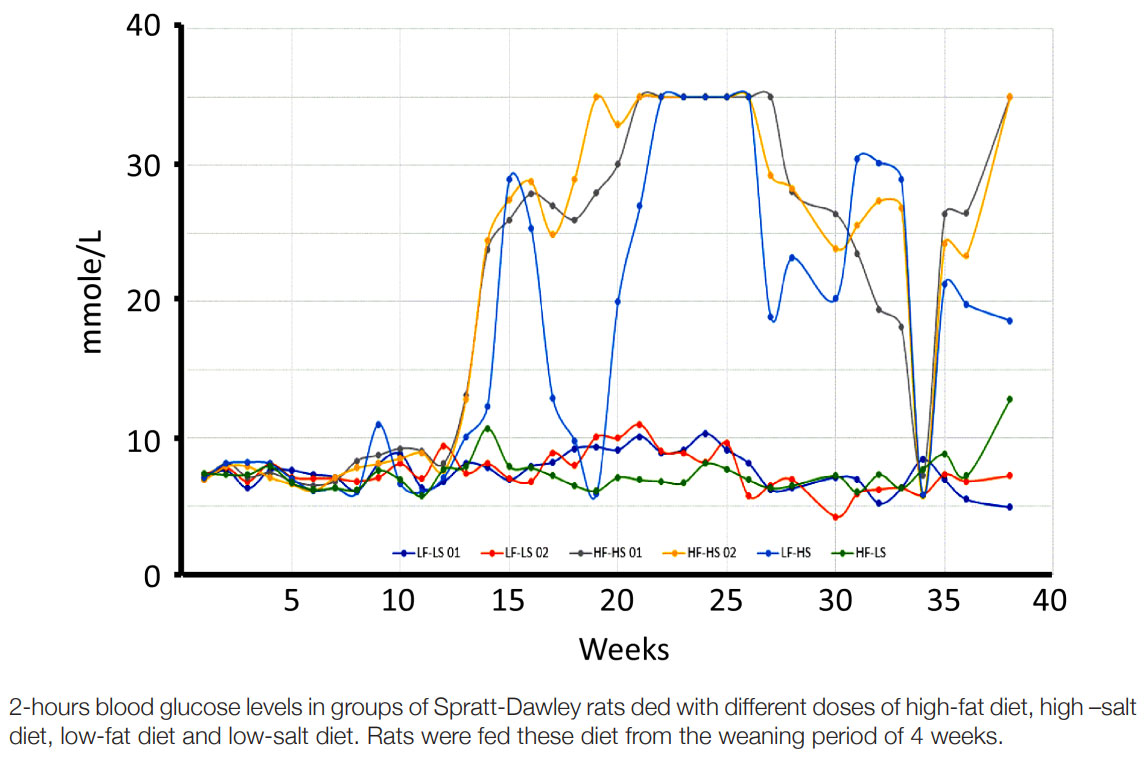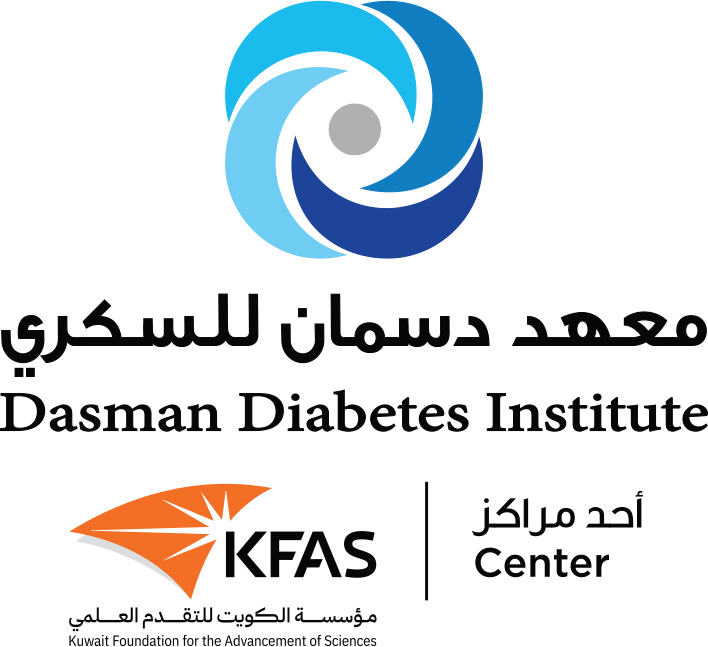
ANIMAL AND IMAGING CORE FACILITY
In this issue of the newsletter, we will be highlighting the research being carried out by the Animal and Imaging Core Facility at DDI, led by Dr. Ashraf Madhoun.
RESEARCH HIGHLIGHT
Spratt-dawley Rat Models For Diet-induced Obesity Leading To Hypertension And Diabetes.
Published on 01/11/2019
BY DR. ALPHONSE T. THANGAVEL
By performing an epidemiology study using cross-sectional data from Kuwait Health Network, we demonstrated recently that the association of higher body mass index (BMI) with younger age of type 2 diabetes (T2DM) onset and the risk are augmented in hypertensive men and women as compared to normo-tensive people. The pathological mechanisms behind the impact of hypertension to speed the onset of T2DM are not delineated yet.
Our published results motivated us to initiate efforts into delineating the common mechanisms that obesity, hypertension and diabetes share, and thereby into building dynamic mathematical models that accurately represent the physiological basis of the molecular components and interactions among the components of such common links. Such bio-models implement systems-level mechanistic understanding of processes. We are performing the following steps to generate the steady-state and dynamic time:

a) Using male Sprague Dawley rats, perform an observational study to demonstrate the impact of hypertension (induced by high-salt diet) on the association between body weight (gain induced by high-fat diet) and age at onset of insulin resistance (a characteristic feature of T2DM).
b) identify the key molecular components (proteins and metabolites) that show differences in expression and functionality during the different stages of developing obesity, hypertension and comorbidity in obese male rats; and
c) delineate which of the mechanisms/pathways common to both hypertension and insulin resistance and other glucose intolerance features (such as inflammation and oxidative stress) are in play to rapidly develop diabetes in hypertensive subjects.
The mathematical models will then be built using appropriate mathematical formulations that help represent the physiological basis and the quantified associations among the components of common links. The mathematical models will be validated and bio-simulation will be carried out to generate further hypotheses for future human-based studies.



